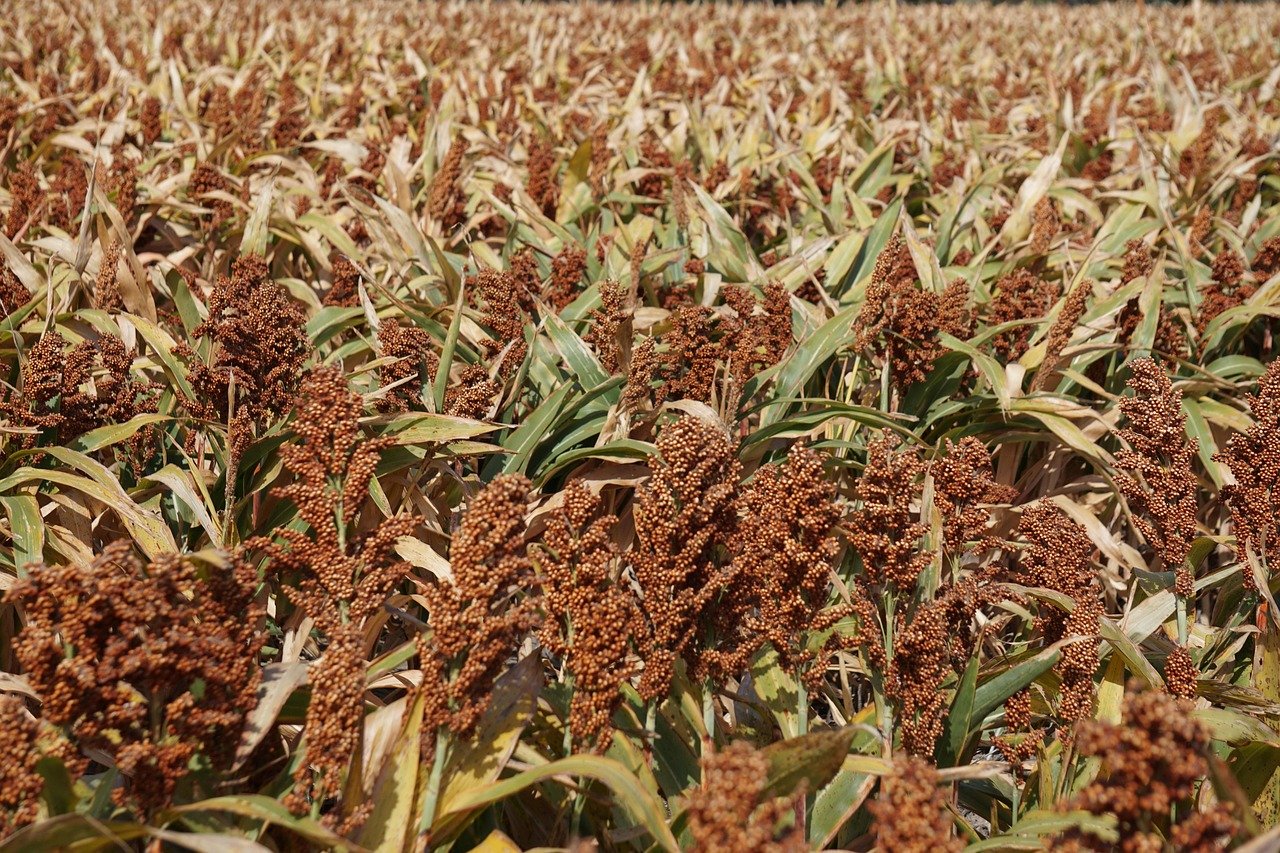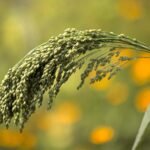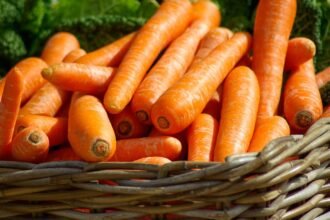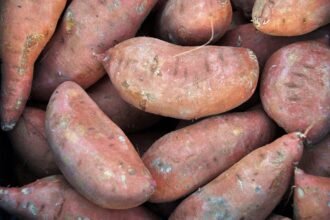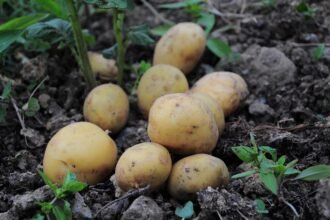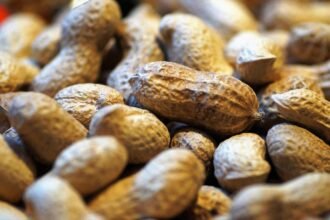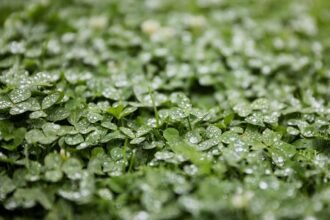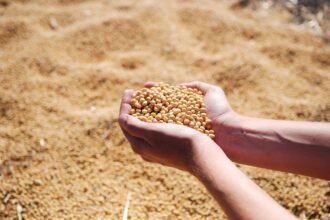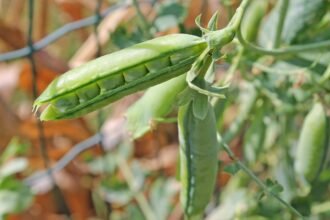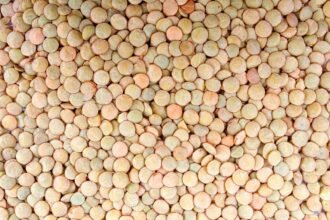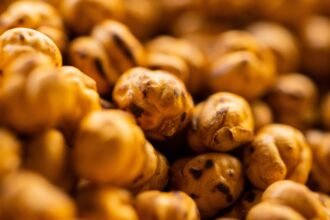Sorghum is a versatile and drought-tolerant cereal crop that is grown in various climates, primarily for its grain, forage, and industrial uses. It is an important crop for food security in arid and semi-arid regions and serves as a staple food, animal feed, and raw material for biofuel production. Sorghum’s ability to withstand drought conditions makes it a valuable crop in areas where water is scarce. Successful sorghum farming involves a mix of proper soil management, pest and disease control, water management, and harvest techniques. This guide outlines the essential steps for successful sorghum cultivation.
1. Soil Preparation and Fertility Management
Sorghum grows best in well-drained, loamy soils but can also thrive in poorer soils with lower fertility levels. However, soil management is essential for achieving high yields.
Key steps:
- Soil Testing: Before planting, conduct soil tests to assess nutrient levels and soil pH. Sorghum grows best in soils with a pH between 6.0 and 7.5. If the soil is too acidic, apply lime to raise the pH.
- Tillage: Sorghum doesn’t require deep tillage, but preparing the soil to a depth of 10–15 cm is ideal for ensuring good seed-to-soil contact and uniform germination.
- Fertilization: Apply a balanced fertilizer based on soil test results. Sorghum requires nitrogen (N), phosphorus (P), and potassium (K). Nitrogen is especially important during the vegetative phase to promote healthy leaf and stem growth. Sorghum is a moderately high nitrogen feeder but over-application can cause lodging (excessive growth that may break the plant). Apply phosphorus and potassium according to soil conditions.
- Organic Matter: Adding organic matter like compost or manure can improve soil structure, moisture retention, and nutrient availability, especially in sandy soils.
2. Selecting the Right Sorghum Variety
Choosing the right sorghum variety is crucial to suit your region’s climate, soil type, and the specific purposes of the crop.
- Grain Sorghum: Grown primarily for its grain, used in food products and animal feed. Varieties can vary in color, size, and yield potential.
- Forage Sorghum: Grown for its stalks, leaves, and seeds, which are used as livestock feed. These varieties tend to have higher biomass production.
- Sweet Sorghum: Used primarily for syrup production and biofuel.
- Drought-Resistant Varieties: Sorghum has many varieties that are bred specifically for drought resistance, making them ideal for dryland farming or areas with irregular rainfall.
Choose varieties suited to your local climate, soil type, and the end use of the crop (grain, forage, or biofuel).
3. Planting and Sowing Techniques
Proper planting ensures good seed germination and uniform growth, which are essential for achieving optimal yields.
- Planting Time: Sorghum is typically planted in the spring after the last frost when soil temperatures reach around 18–21°C (64–70°F). Planting too early or in cold soils can result in poor germination.
- Sowing Depth: Sorghum seeds should be planted 2–4 cm (0.8–1.6 inches) deep. In dry conditions, a deeper planting depth may be necessary to reach moisture in the soil.
- Row Spacing: Sorghum is typically planted in rows 50–75 cm (20–30 inches) apart. For dense planting, especially in areas where water is limited, narrow row spacing can help increase competition and promote higher yields.
- Seed Rate: The seed rate for sorghum typically ranges from 6–12 kg per hectare, depending on the variety and local conditions. Sorghum plants are spaced about 15–25 cm (6–10 inches) apart, ensuring sufficient air circulation and access to sunlight.
4. Water Management
Although sorghum is drought-tolerant, it still requires sufficient water during key growth stages, especially for optimal grain production.
- Water Requirements: Sorghum requires consistent moisture during the flowering and grain-filling stages, but it can withstand dry periods during vegetative growth. Its ability to tolerate drought makes it ideal for dryland farming, but supplementary irrigation may be needed in regions with irregular rainfall.
- Rain-fed vs. Irrigated Systems: Sorghum is often grown under rain-fed conditions in regions with moderate rainfall. However, if rainfall is insufficient, supplemental irrigation is crucial, particularly during flowering and grain formation.
- Irrigation Techniques: Use efficient irrigation methods, such as drip or sprinkler systems, to conserve water. Watering early in the morning or late in the evening helps reduce water loss due to evaporation. Ensure the soil is moist but avoid waterlogging, as excessive water can harm root health.
5. Nutrient Management
Sorghum is a moderately high feeder for nitrogen, phosphorus, and potassium. Proper fertilization is essential to ensure optimal plant growth and maximize yields.
- Nitrogen Fertilization: Sorghum requires sufficient nitrogen for optimal growth, especially during the vegetative phase. Apply nitrogen in two split doses—half at planting and the other half during the tillering or jointing stage. Over-fertilization can cause excessive vegetative growth, leading to lodging.
- Phosphorus and Potassium: Phosphorus should be applied at planting to promote healthy root development, while potassium is essential for plant health and disease resistance, particularly during the grain-filling phase.
- Micronutrients: Sorghum requires micronutrients such as sulfur, zinc, and iron. If soil tests show deficiencies, apply micronutrient fertilizers to avoid yield reductions.
6. Weed Control
Weeds compete with sorghum for nutrients, water, and light. Efficient weed management ensures better yields and reduces competition.
- Pre-emergence Herbicides: Apply pre-emergence herbicides to control early-stage weeds before they sprout. This helps prevent weed growth and competition during the early stages of sorghum establishment.
- Post-emergence Herbicides: Use post-emergence herbicides to control broadleaf weeds once the sorghum plants are established. Ensure that the herbicides do not harm the sorghum plants.
- Manual Weeding: In small-scale farms, manual weeding may be necessary, especially during the early stages of growth.
- Crop Rotation: Rotate sorghum with other crops like legumes or wheat to reduce weed pressure and avoid the buildup of soil-borne diseases.
7. Pest and Disease Management
Sorghum is generally resistant to many pests and diseases but can still be affected by a few common problems.
Common Pests:
- Sorghum Midge: The larvae of this pest feed on the grain, leading to yield loss. Use insecticides or biological controls to manage this pest.
- Stalk Borers: These insects attack the stems and reduce plant vigor. Use insecticides or crop rotation to control them.
- Aphids: Aphids can spread diseases like the sorghum yellow dwarf virus. Use insecticides or encourage natural predators to control aphid populations.
Common Diseases:
- Sorghum Rust: This fungal disease affects sorghum leaves and can reduce yield. Use resistant varieties and fungicides to manage this disease.
- Downy Mildew: This fungal disease affects leaves and stems. Use resistant varieties and good crop rotation practices to manage downy mildew.
- Fusarium Head Blight: This fungal disease affects grain and can lead to contamination with mycotoxins. Apply fungicides and practice crop rotation to reduce the risk of Fusarium.
- Integrated Pest Management (IPM): Employ an integrated approach that combines biological control, resistant varieties, and minimal pesticide use to manage pests and diseases.
8. Harvesting and Post-Harvest Handling
Harvesting sorghum at the right time is essential to avoid losses and ensure good grain quality.
- Harvest Timing: Sorghum should be harvested when the grain is fully mature and the moisture content has dropped to around 12–14%. Delay in harvesting can lead to grain shattering and loss of yield.
- Mechanical Harvesting: Use a combine harvester to efficiently harvest sorghum. These machines can cut, thresh, and clean the grain in one operation, reducing labor costs and minimizing grain damage.
- Manual Harvesting: In small-scale operations, sorghum is often harvested manually. Once the crop is cut, it should be allowed to dry in the field before threshing.
- Drying: After harvesting, dry sorghum to reduce moisture content and prevent mold or fungal growth. Drying can be done naturally in the sun or in specialized dryers.
- Storage: Store sorghum in a cool, dry, and well-ventilated area. Use airtight containers or silos to protect the grain from moisture, pests, and temperature fluctuations.
9. Sustainable Sorghum Farming Practices
Sorghum is an environmentally friendly crop that can be grown with minimal water and input requirements. Adopting sustainable practices helps to reduce environmental impact and improve long-term productivity.
- Soil Conservation: Implement conservation tillage practices to reduce soil erosion and improve soil health.
- Water Management: Use water-efficient irrigation systems and practice rainwater harvesting to minimize water usage.
- Crop Rotation: Rotate sorghum with other crops such as legumes to improve soil fertility and reduce pest pressure.
- Organic Farming: Consider growing sorghum organically to reduce dependency on chemical fertilizers and pesticides.
Conclusion
Sorghum is a highly resilient and versatile crop that can thrive in a variety of conditions. By implementing proper management practices in soil preparation, planting, irrigation, pest and disease control, and harvesting, farmers can ensure high yields and good-quality grain. Whether you are growing sorghum for food, feed, or industrial uses, understanding the technical aspects of sorghum cultivation will help you maximize production and sustainability.

